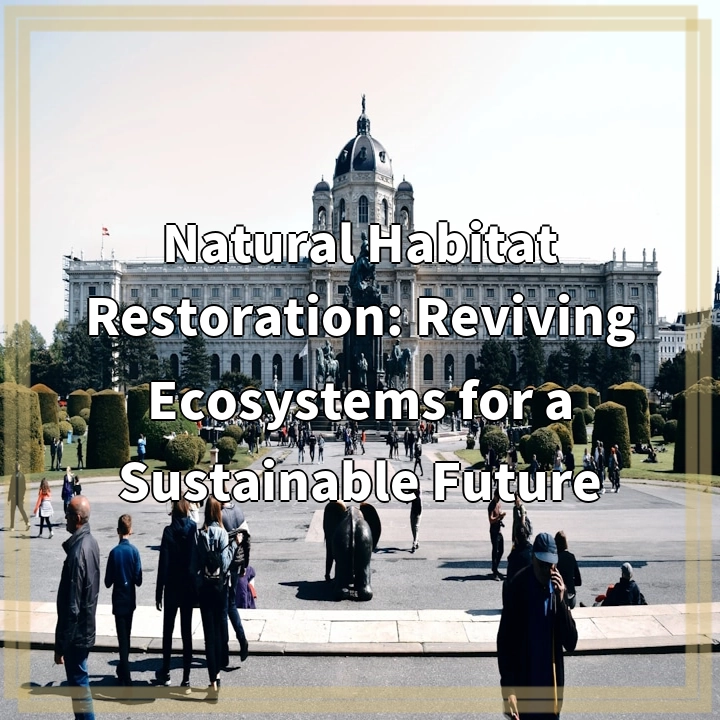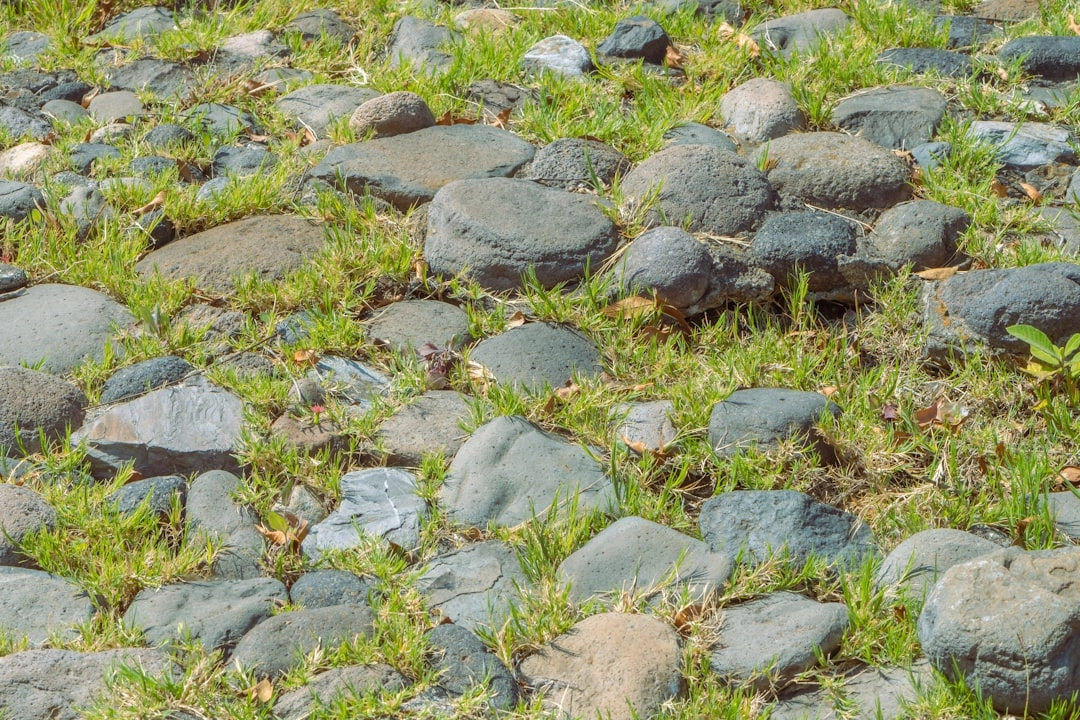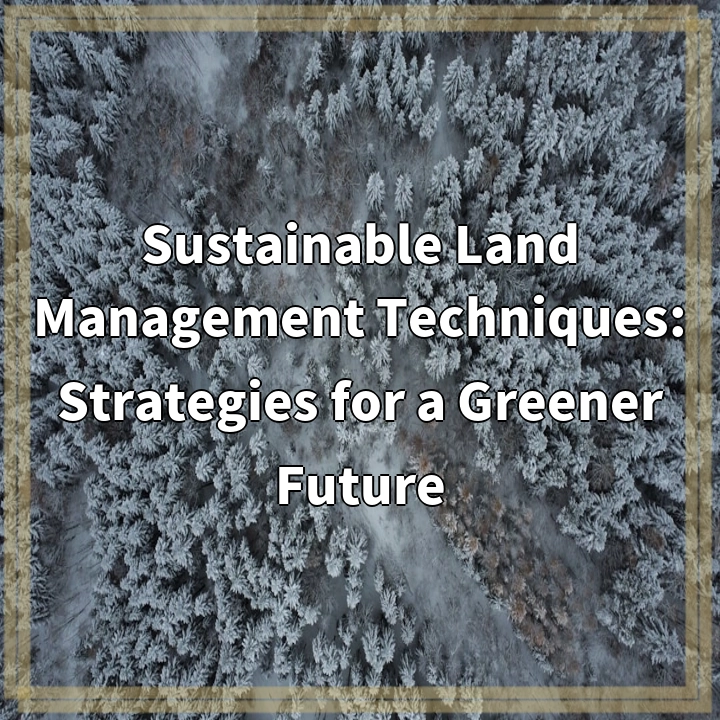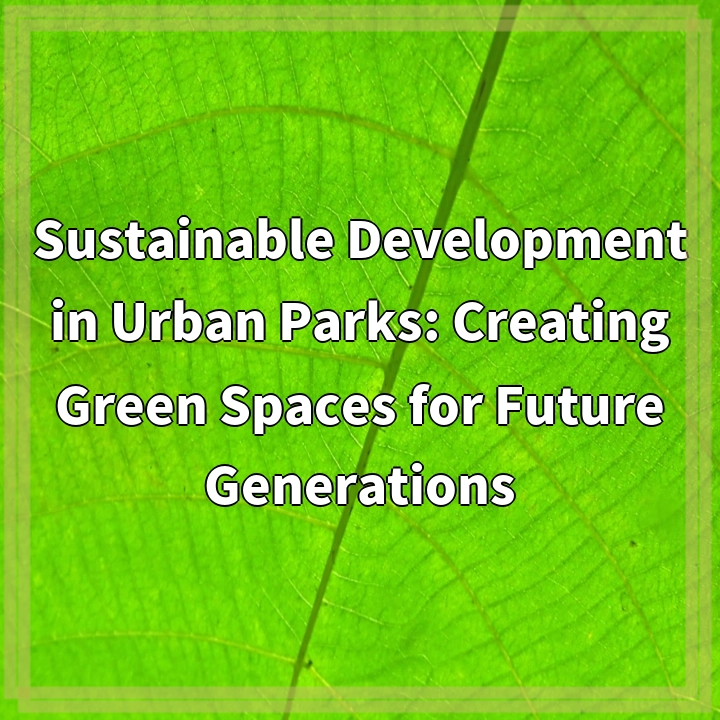
What it is:
Natural habitat restoration is the process of reestablishing the original structure, function, and biodiversity of ecosystems that have been degraded, damaged, or destroyed by human activity or natural disasters. This practice involves a range of activities, including the removal of invasive species, replanting native flora, and reintroducing native fauna to create a balanced ecosystem. The ultimate goal of habitat restoration is to recover not only the physical environment but also its natural processes, allowing ecosystems to thrive and support a diverse range of species.
Why Restoration Matters
Restoring natural habitats is crucial for several reasons: it enhances biodiversity, mitigates climate change, improves water quality, and provides essential ecosystem services such as pollination and soil stabilization. Moreover, healthy ecosystems contribute to human well-being by offering recreational opportunities, cultural values, and resources such as clean air and water.
Real-World Problems
The Impact of Urbanization
Urbanization poses a significant threat to natural habitats, leading to habitat loss and fragmentation. As cities expand, green spaces are reduced, which disrupts ecosystems and threatens local wildlife. The consequences include decreased biodiversity, altered water cycles, and increased pollution, making urban habitat restoration a critical area of focus.
Climate Change Challenges
Climate change presents another layer of complexity to habitat restoration efforts. Rising temperatures, changing precipitation patterns, and more frequent extreme weather events can alter the conditions necessary for native species to thrive. Restoration projects must consider future climate scenarios, necessitating adaptive management strategies that can accommodate shifting ecosystems.
Invasive Species
The introduction of invasive species is a major barrier to effective habitat restoration. These species often outcompete native plants and animals, leading to a decline in biodiversity. Addressing invasives requires careful planning and resources to remove them without causing further harm to the existing ecosystem.
Funding and Resources
Sustainable habitat restoration requires adequate funding and resources, which can be difficult to secure. Many projects rely on grants and donations, making them vulnerable to economic shifts. Additionally, restoring habitats can be a long-term investment, with results that may not be immediately visible, further complicating funding efforts.
Community Engagement
Successful habitat restoration also hinges on community involvement. Without the support and commitment from local communities, restoration efforts may falter. Engaging stakeholders, educating the public on the importance of restoration, and fostering a sense of ownership over local ecosystems are essential for sustainable outcomes.

Solutions for Natural Habitat Restoration
Community Engagement and Education
Fostering community involvement is crucial for the success of habitat restoration projects. Engaging local residents through educational initiatives helps raise awareness about the importance of native ecosystems and encourages community-led restoration efforts. Workshops, volunteer days, and collaboration with local schools can cultivate a sense of stewardship that drives sustainable practices.
Funding and Resource Allocation
Securing funding is essential for effective habitat restoration. Organizations can explore various funding sources, such as government grants, private donations, and corporate sponsorships. Additionally, forming partnerships with nonprofits and academic institutions can provide essential resources and expertise to enhance restoration efforts.
Adaptive Management Strategies
Implementing adaptive management approaches allows restoration projects to remain flexible in the face of climate change and other environmental challenges. By continuously monitoring progress, assessing outcomes, and adjusting practices based on new information, restoration teams can effectively respond to the dynamic nature of ecosystems.
Invasive Species Control
Developing comprehensive strategies for dealing with invasive species is critical for successful habitat restoration. This includes identifying invasive species early, implementing removal methods, and restoring native flora to outcompete them. Long-term monitoring is also necessary to ensure that invasives do not re-establish and disrupt the regeneration of native habitats.
Collaboration and Multi-Disciplinary Approaches
Promoting collaboration among ecologists, policy-makers, landowners, and communities can lead to more effective habitat restoration initiatives. A multidisciplinary approach ensures that various expertise, knowledge, and resources are brought together to address complex environmental issues holistically, ultimately enhancing the success of restoration efforts.















